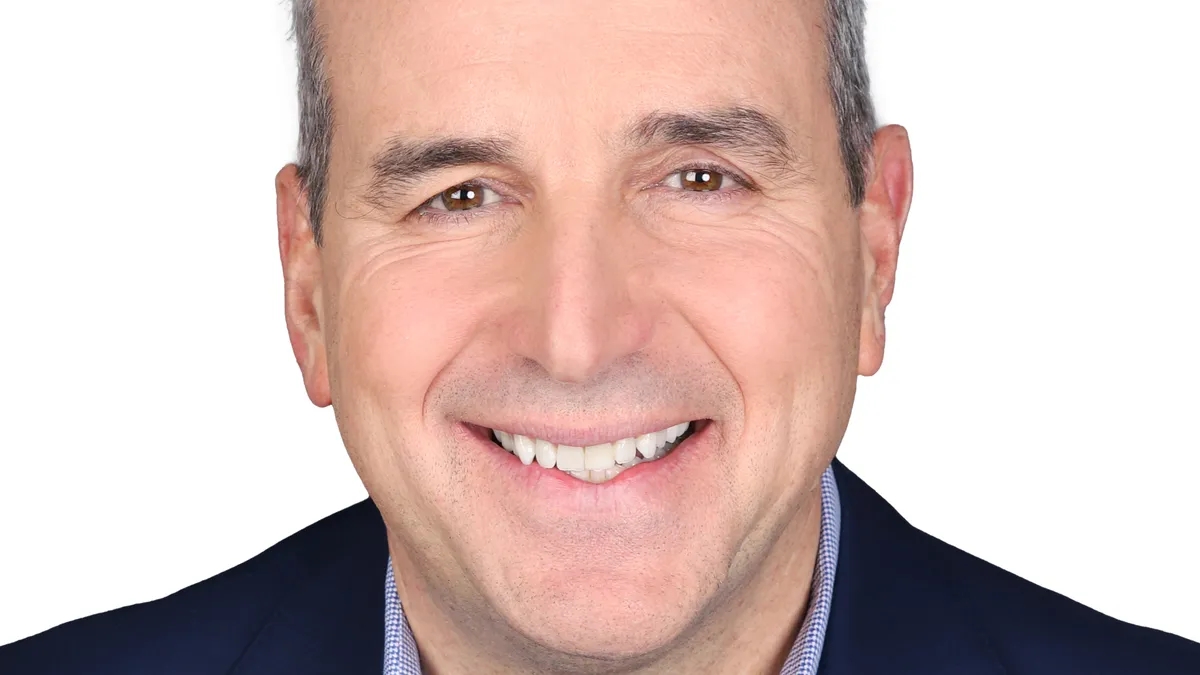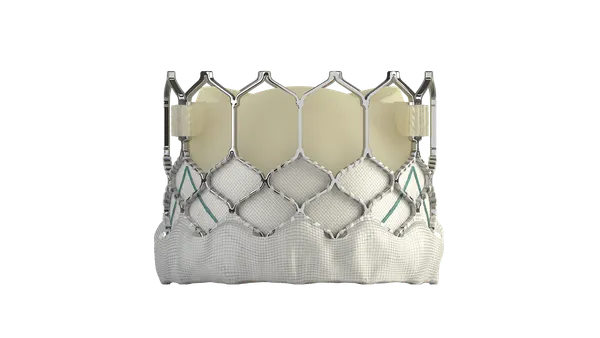Q1 trends
In its first quarter as a standalone company, GE HealthCare reported revenue growth across each of its segments, which CEO Peter Arduini attributed to steady demand and supply chain improvements. Imaging, which accounts for more than half of the company’s total revenue, grew by 8%, driven by new products and better supply chain fulfillment for its magnetic resonance (MR) and molecular imaging equipment and computed tomography (MICT) machines.
Despite the strong growth, shares in GE HealthCare dropped 9%, or $7.92, to $79.87 in late-morning trading Tuesday after the results were announced.
“In an earnings season where other large MedTech peers have beat and raised guidance to start the year and GEHC shares were up ~40% post-spin, the bar was high,” wrote BTIG analyst Ryan Zimmerman in a note after the earnings were released. “GEHC's first quarter performance was good, but it lacked the guidance raise investors many may have been expecting.”
GE HealthCare’s margins decreased by 110 basis points from the prior year, primarily due to interest expenses, but the company was largely able to offset this by raising prices and increasing productivity. Earnings per share took a larger hit, which the company attributed to preferred stock redemptions.
“Overall, we expect steady growth in demand in 2023 with a number of drivers, including a continuous backlog of procedures, expanding indications for high-end diagnostic exams and new therapies requiring precision imaging,” CFO Helmut Zodl said in a Tuesday earnings call.
BTIG’s Zimmerman said a decline in orders from the fourth quarter of last year may also have helped push down the stock, noting: “We estimate that orders grew ~2.7 Y/Y and were down ~10.7% Q/Q which we believe will be viewed negatively."
Earlier this month, analysts at BTIG argued in a note that GE HealthCare faces “competition from all angles,” and that mature end markets leave the company limited room for accelerated growth, after its stock climbed from $60 in mid-December to more than $80.
M&A plans
In February, GE HealthCare acquired Caption Health, which makes AI solutions for ultrasound imaging. The companies plan to start with heart ultrasounds for early disease detection, and expand to other specialties in the future, Arduini said.
GE HealthCare may also be interested in buying Medtronic’s patient monitoring and respiratory care businesses, which are in the process of being spun off, according to a Bloomberg report from December.
Addressing speculation about future acquisitions, the CEO said, “We always are, as I’ve always mentioned, looking at M&A.”
He added that the company has a “weekly rhythm” of looking at what’s happening in the ecosystem and potential deals.
Hospital demand
Tight hospital budgets in the U.S. prompted analyst questions about capital spending. Arduini said GE HealthCare was “encouraged by the steady recovery of global procedures,” noting that drives demand, although sometimes that may be in the form of software and upgrades rather than new devices.
“Since COVID, people have been prioritizing capital. That's no new news for us,” Arduini said of the U.S. market. “But again, what we keep an eye on is what they're deciding to put it against. And I think with nursing costs starting to flatten out, you're seeing a little bit more of positivity on that spend. That being said, we think we're going to be in a capital prioritization kind of focus throughout this year, which is why we're cautiously optimistic.”
Looking outside of the U.S., Arduini said Western Europe is “quite stable,” demand is strong in China, and Southeast Asia and Latin America are seeing similar strong growth, driven by individual countries.
Forecast
GE HealthCare is maintaining its 2023 forecast, which includes organic revenue growth of 5% to 7%, and adjusted margins for earnings before interest and taxes of 15% to 15.5%.
It also expects earnings per share of $3.60 to $3.75, an increase of 7% to 11%.
For the full year, the company expects about $200 million of standalone costs, which Zodl said will depend on how quickly it can exit transition services agreements from the spinoff.
Updates with analyst comment.











